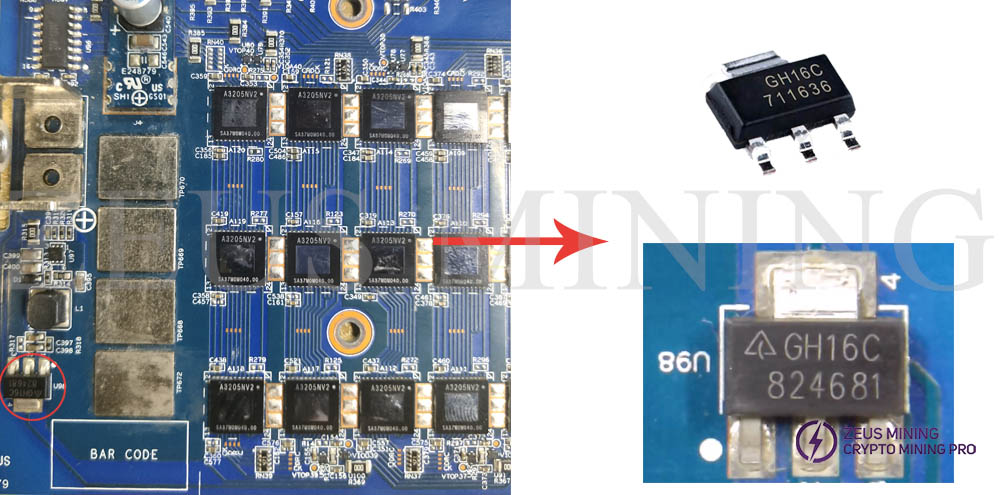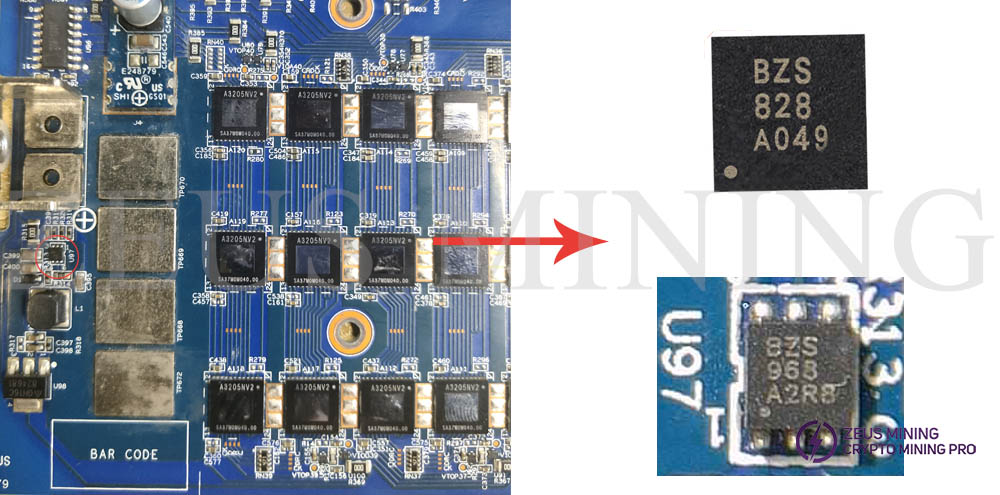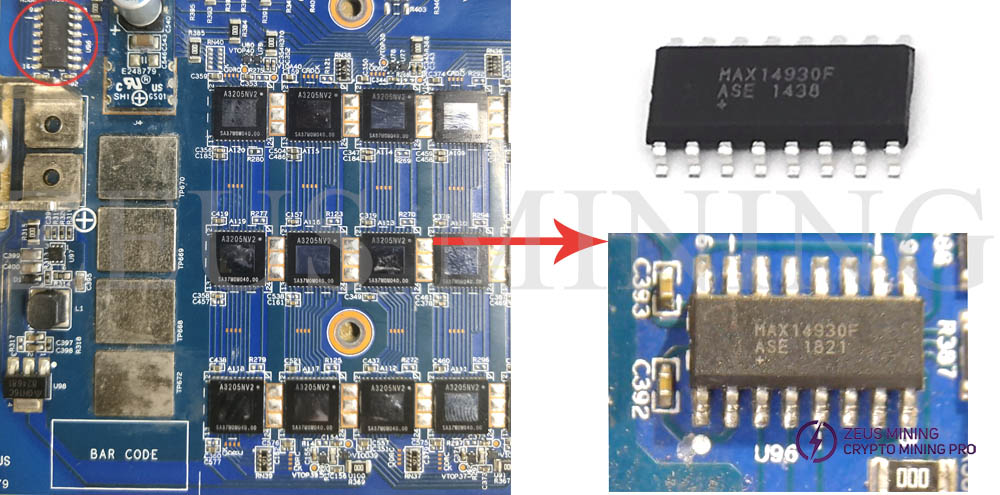ASIC Miner ICERIVER KAS KS0 Profitability In the realm of cryptocurrency mining, the Iceriver KAS KS0 miner has garnered widespread attention. Tailored specifically for the Kaspa network's KHeavyHash algorithm, it boasts high hashing power and low power consumption, making it an ideal choice for many miners. In this article, we will comprehensively assess IceRiver KS0 profitability while considering the Kaspa market conditions and the attributes of KS0 miner. Kaspa Market Dynamics Kaspa is a vibrant cryptocurrency network aimed at delivering high performance and scalability for everyday transactions. At the time of writing this article, the Kaspa coin trades at approximately $0.04959. But it's essential to note that cryptocurrency markets are highly susceptible to price volatility. Hence, investors must remain vigilant about market dynamics. Additionally, the Kaspa network's mining difficulty and reward mechanisms play a role in mining returns. Attributes of the IceRiver KS...
Where are the important chips of the Avalon 1066 hash board?
The chip types on the Avalon 1066 hash board mainly include ASIC chips, voltage regulator chips, converter chips, and digital isolator chips. So, where are they located, and what do they do on the hash board?
Chip name: A3205NV2 ASIC chip
Chip silkscreen: A3205NV2
A single Avalon 1066 hash board consists of 112 A3205NV2 ASIC chips, mainly responsible for the hash rate calculation of Avalon 1066 miners.
Chip name: AZ1117CH-1.8TRG1
Chip location: U98
Chip silkscreen: GH16C824681
The AZ1117CH-1.8TRG1 is a low dropout 3-terminal regulator optimized for low voltages where transient response and minimum input voltage are critical. The AZ1117CH-1.8TRG1 has up to ±1% voltage accuracy, operates from -20°C to +125°C, and is housed in a SOT-223 package. On-chip thermal shutdown prevents the combination of high current and ambient temperature from creating excessive junction temperatures.
Chip name: TPS61170DRVR
Chip location: U97
Chip silkscreen: BZS968A2RB
The TPS61170DRVR is a 1.8A, 40V power high voltage boost converter chip in a 6-pin 2mm*2mm QFN package with built-in protection features such as pulse-by-pulse overcurrent limit, soft-start and thermal shutdown. The chip's high output voltage is 38V, and the input voltage range is between 3V and 18V. In addition, the chip can be configured into various standard switching regulator topologies, including boost and SEPIC, enabling compact power solutions.
Chip name: MAX14930FASE+
Chip location: U96
Chip silkscreen: MAX14930F
The MAX14930FASE+ is a 4-channel digital isolator in a SOIC-Narrow-16 package capable of data rates up to 150Mb/s and can transmit digital signals between circuits with different power domains at ambient temperatures up to +125°C. The chip is rated for an ambient temperature of -40°C to +125°C and an operating voltage of 1.71V to 5.5V.
Chip name: SGM2036-1.8YUDH4G/TR
Chip location: U100
Chip silkscreen: IO
SGM2036-1.8YUDH4G 1.8V is a low-power, low-dropout high-performance LDO linear regulator with excellent power consumption performance, its operating current is only 20uA, and an external control circuit controls the LDO to enter shutdown mode. Its power consumption is reduced to 10nA in the off state, and the dropout voltage of the SGM2036 is as low as 165mV, thereby ensuring that the loss of the chip itself is significantly reduced. The chip can also support the fast startup function, and the wake-up time to enter the low-power mode is only 30us, which ensures that the system can quickly respond to external input during low-power design. In addition, its output voltage accuracy is as high as ±2.5%, providing a high-precision power supply for analog devices.
Chip name: NCP114AMX075TCG
Chip location: U99
Chip silkscreen: AWL
The NCP114AMX075TCG is a high-performance 300 mA low dropout linear regulator. This chip offers high PSRR and excellent load/line transient dynamic performance. The chip has built-in thermal shutdown and current limit protection to achieve ±1% accuracy at room temperature, making it ideal for various battery-powered applications. In addition, the chip is fully protected against output overload, short-circuit conditions, and overheating, ensuring a very robust design.







Comments
Post a Comment
Tell us your opinion